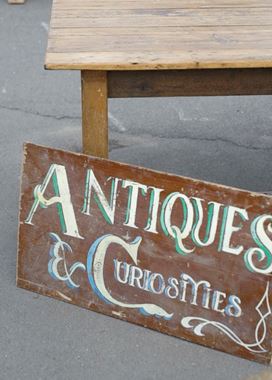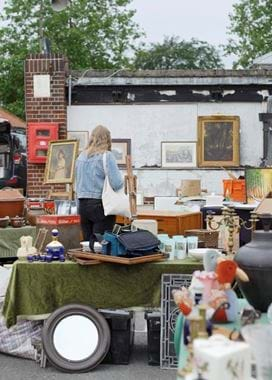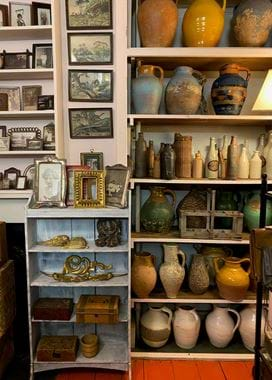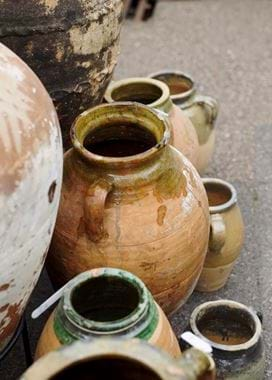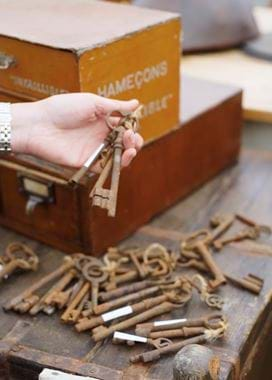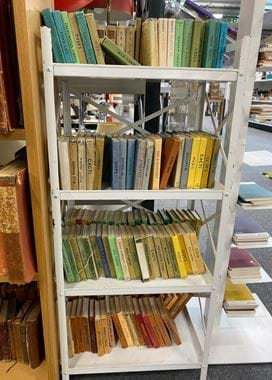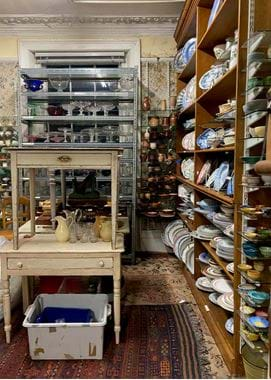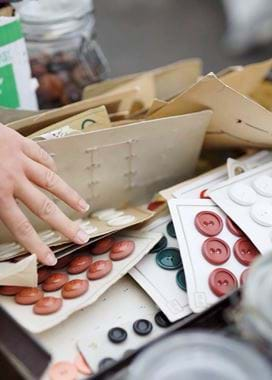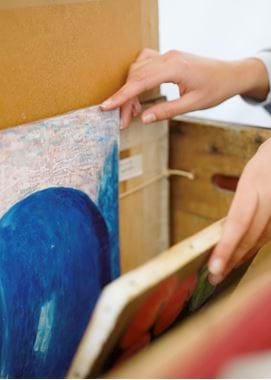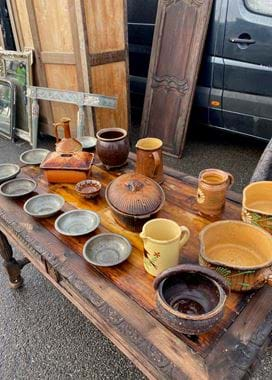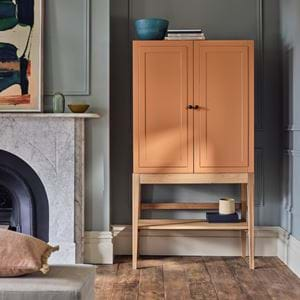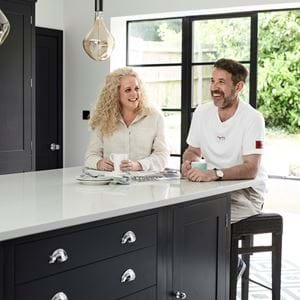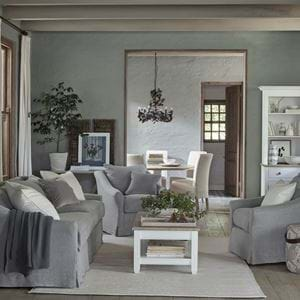How to go antiquing: tips from our stylists
How to go antiquing: tips from our stylists
There aren’t many reasons to relish getting up at the crack of dawn but setting the alarm to go to an antiques fair or flea market might just be one of them. Arriving early is always recommended (although there can be some good negotiations to be had at the tail end of the day too) but there are also plenty of other ways you can make a fun day out an effective shopping excursion.
Know your deal
Research the style of furniture you’re interested in so that you’re familiar with the common materials, finishes and decorative styles of the period. Dealers will value items based on age, rarity, quality, historical relevance and current fashions. And be aware of precisely what you’re buying and paying for – an antique should be over 100 years old, a vintage piece over 20 years and a collectible can be any age.
Dress for success
You’ll want to focus on the shopping so dressing for comfort is important. Go hands-free and wear a cross-bag or money belt rather than a rucksack, and dress in layers – it’ll be chilly at 5am but could be warm in the sunshine by mid-morning. If you can, bring a trolley or cart – the markets can be huge and you don’t want to be carrying a heavy mirror around all morning.
Be prepared
Bring a tape measure and any paint or fabric swatches and photos of your room that might influence what you buy. Also be sure to have noted down the measurements of your doorways and any awkward turns, nooks or recesses. There’s no point buying an 8ft-high Victorian dresser if it won’t fit through the front door.
What to look for
So you’ve spotted the perfect piece but before you jump in with an offer, be sure to have done a thorough check – looking underneath and behind the piece. Don’t be put off by the handmade look of the underside: imperfections aren’t necessarily flaws and can be a promising sign of authenticity. However, do be put off by pieces incorporating man-made materials like plywood and chipboard or held together with modern details like staples and Phillips screws. Make sure you check for structural cracks that indicate the piece isn’t stable. And look out for original shipping address' or maker's location on furniture, which might give you an idea of the provenance of a piece. Finally, factor in the hidden cost of any repairs such as upholstery or rewiring which can tip the piece from a good buy into an expensive mistake.
Good communication
Dealers are usually happy to share their knowledge with you – as long as they’re not deep in a lucrative negotiation. They will expect you to make an offer and will have built such discussions into the price, but only haggle if you’re serious. If you really love a piece, don’t walk away empty handed. There will only be one and it might quickly get snapped up the minute you turn away. Remember, fairs are fun but also wildly competitive.
Visit iacf.co.uk for information about antique fairs in the UK in 2021.

